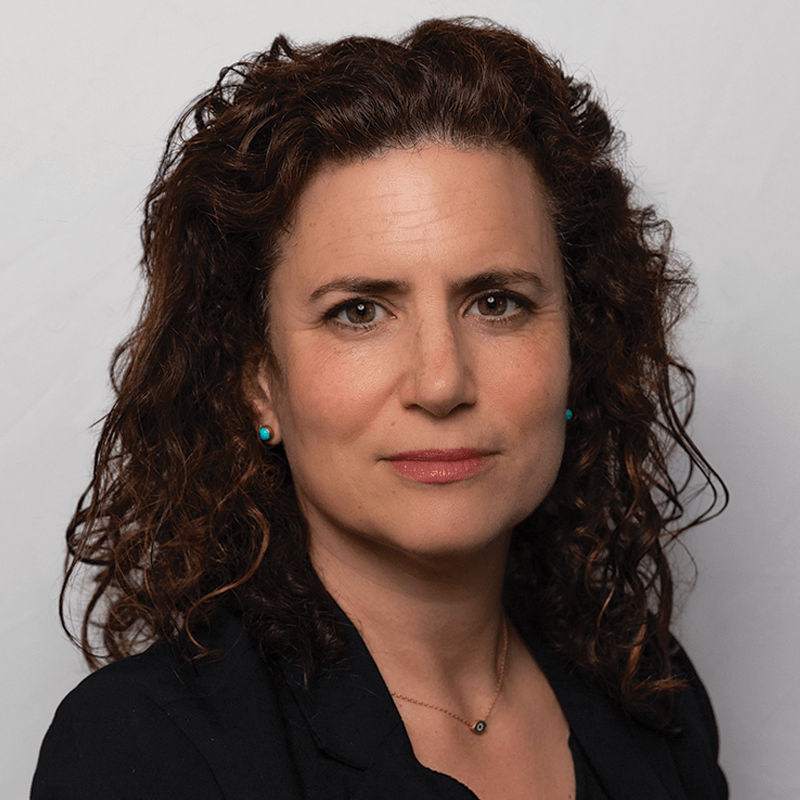A Shift in the Collective

Image by courtesy of JFNA
The old way of collecting and disbursing money from American Jews to Israel and other communities overseas has finally collapsed under the weight of philanthropic trends and communal distrust. That historically beloved bureaucracies have lost their attractiveness to donors is not just a Jewish story — across the giving landscape, it is no longer enough to send contributions to a central clearinghouse and hope the money is used well. Donors, large and small, want transparency and results; many also crave the personal satisfaction of seeing their names and their imprints on their contributions.
So it was inevitable that the historic formula used by Jewish federations to distribute non-domestic funds would go the way of the pushke and be replaced by a 21st century approach. The automatic designation of 75% of those funds to the Jewish Agency for Israel and the remaining 25% to the American Jewish Joint Distribution Committee (JDC) simply wasn’t relevant anymore. Federation leaders and their donors were no longer interested in channeling money to a single address, especially when, in the case of the Jewish Agency, they weren’t confident that the money would be used wisely or effectively when it arrived.
Now comes the hard part. There are three communal challenges ahead: Ensure that the new process works as intended. Find a more compelling role for the Jewish Agency. And retain a sense of collective action that can be elevated beyond the predilections of individual federations and donors.
The new process, unveiled earlier this month at the Jewish Federations of North America’s annual meeting, is meant to open decision-making to a wider group and require nonprofits to compete for funds. Good ideas, all. But must this new Global Planning Table appear to be so complicated? An 11-page document outlines commissions and committees and an undecipherable flow chart. JFNA needs to show that its worthy attempt to be both comprehensive and inclusive won’t create a system just as cumbersome as the one it has rebelled against.
The Jewish Agency has been searching for a more defined mission for some years now, and the disappearance of much of its dependable funding from JFNA — which amounted to nearly one-third of its budget — will only add urgency to that quest. “This is a consequence of the very problem we’re trying to resolve, that the connection of Jews to one another has been weakened,” says Misha Galperin, the president and CEO of Jewish Agency International Development, a new effort to raise funds and coordinate programs outside Israel. “The new arrangement allows us to focus on what we need to do to reverse the trend.”
Many observers say that the real winner in this transformation is the JDC, which understood years ago that the philanthropic climate was shifting and cleverly built its own relationships with donors and supporters. The JDC is helped, too, by the clarity and potency of its mission to provide for needy Jews around the world. The Jewish Agency’s interests — now focused on promoting Jewish peoplehood —are more abstract, perhaps just as important, but now more threatened.
Jonathan Sarna, the Brandeis University historian of American Jewry, sees this new process as a reflection of a broader movement away from central planning to a more free market and competitive approach, a dynamic that has “very, very deep roots in our history.” Phrased that way, of course, it sounds healthy and welcome.
But, as America is experiencing on the wider stage, an untrammeled free market courts its own, considerable dangers. The Global Planning Table tries to ameliorate the extremes in this swing of the pendulum by ensuring the involvement of its historic partners and creating incentives for federations and donors to work together. Still, as Sarna notes, “the free market approach sometimes privileges the new and the slick over the time-tested and boring. Both approaches have great imperfections.”
The ultimate test of this new system will not only be found in how the committees and commissions are implemented, but whether the JFNA can live up to its own promise. Surely it’s no accident that the mission statement of the new Global Planning Table — all of one sentence long — uses the word “collective” twice. It remains to be seen whether this is simply an expression of wishful thinking or the true guiding principle of this new effort.
The Forward is free to read, but it isn’t free to produce

I hope you appreciated this article. Before you go, I’d like to ask you to please support the Forward.
Now more than ever, American Jews need independent news they can trust, with reporting driven by truth, not ideology. We serve you, not any ideological agenda.
At a time when other newsrooms are closing or cutting back, the Forward has removed its paywall and invested additional resources to report on the ground from Israel and around the U.S. on the impact of the war, rising antisemitism and polarized discourse.
This is a great time to support independent Jewish journalism you rely on. Make a gift today!
— Rachel Fishman Feddersen, Publisher and CEO
Support our mission to tell the Jewish story fully and fairly.
Most Popular
- 1

Fast Forward Ye debuts ‘Heil Hitler’ music video that includes a sample of a Hitler speech
- 2

Opinion It looks like Israel totally underestimated Trump
- 3

Culture Cardinals are Catholic, not Jewish — so why do they all wear yarmulkes?
- 4

Fast Forward Student suspended for ‘F— the Jews’ video defends himself on antisemitic podcast
In Case You Missed It
-

Fast Forward In first Sunday address, Pope Leo XIV calls for ceasefire in Gaza, release of hostages
-

Fast Forward Huckabee denies rift between Netanyahu and Trump as US actions in Middle East appear to leave out Israel
-

Fast Forward Federal security grants to synagogues are resuming after two-month Trump freeze
-

Fast Forward NY state budget weakens yeshiva oversight in blow to secular education advocates
-
Shop the Forward Store
100% of profits support our journalism
Republish This Story
Please read before republishing
We’re happy to make this story available to republish for free, unless it originated with JTA, Haaretz or another publication (as indicated on the article) and as long as you follow our guidelines.
You must comply with the following:
- Credit the Forward
- Retain our pixel
- Preserve our canonical link in Google search
- Add a noindex tag in Google search
See our full guidelines for more information, and this guide for detail about canonical URLs.
To republish, copy the HTML by clicking on the yellow button to the right; it includes our tracking pixel, all paragraph styles and hyperlinks, the author byline and credit to the Forward. It does not include images; to avoid copyright violations, you must add them manually, following our guidelines. Please email us at [email protected], subject line “republish,” with any questions or to let us know what stories you’re picking up.














